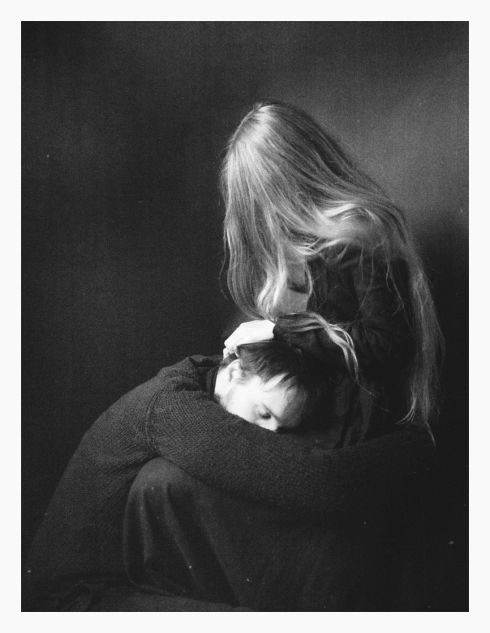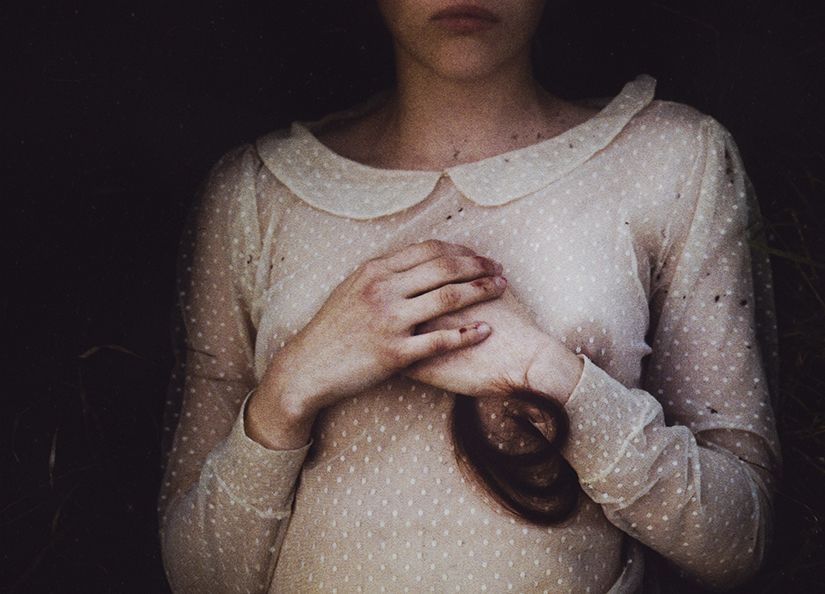Dostoevsky’s novel “Crime and Punishment”, first published in 1866, is one of my all time favourite novels and I had such a blast reading it in grammar school. It’s a very long and complex novel that deals with many topics, and love isn’t even the main one but it serves to transform the characters and turn them into better individuals. The love story between the main character Rodion Romanovich Raskolnikov, the intelligent and poor but failed student and a later a murderer, and Sonia Marmeladova, a shy, innocent and self-scarifying eighteen year old girl driven to prostitution by poverty, is one one of my favourites in literature. I had a crush on Raskolnikov because he was as cool as a rock star; dark eyed and handsome, nihilistic and emotionally unavailable, and I had a tremendous admiration for Sonia, the most selfless creature, gentle and fragile in appearance but strong within, guided by a higher law that helps her transcend the misery of her surroundings; her poverty, horrible clients, drunkard of a father, the demanding unfeeling step-mother, the prejudice she faces due to her job. Even Raskolnikov judges her at first, and places himself as a morally superior individual, as if he forgot he was a murderer. He visits her a few times in her shabby little room and a seed of love is planted in both of their hearts; both are flawed, both are outcasts, and both are denying this newly awaken sentiment; “The candle-end had long been burning out in the bent candlestick, casting a dim light in this destitute room upon the murderer and the harlot strangely come together over the reading of the eternal book.“
Sonia’s blind faith, childlike figure and naivety clash with her grim day to day reality. She is a pale-faced, yellow-haired whore with the purest heart; an angel. Loyal and kind hearted she is the one who advises Raskolnikov to admit his crime and pay the price for it, because that is the only path to salvation. He listens to her and is sentenced to seven years of exile in the cold Siberia. Sonia follows him there, even though she knows she isn’t wanted. Half the time he is rude and cold towards her, and other times he just ignores her, but the persistence of Sonia’s love and her patience eventually melt the icy exterior of nihilism and apathy and reveal a kind and noble spirit capable of love and compassion, someone who has faith in brighter future. Dostoevsky’s portrayal of power of love in this novel is very beautiful and very inspiring and here is the passage from the last chapter where they finally, after hundreds of pages of the reader’s waiting, fall in love. I especially love the last lines of this passage: “He thought of her. He remembered how continually he had tormented her and wounded her heart. He remembered her pale and thin little face. But these recollections scarcely troubled him now; he knew with what infinite love he would now repay all her sufferings.“ Perhaps Dostoevsky was a Romantic and not a Realist after all?
 Laura Makabresku, Melancholy (2017)
Laura Makabresku, Melancholy (2017)
Raskolnikov sat gazing, his thoughts passed into day-dreams, into contemplation; he thought of nothing, but a vague restlessness excited and troubled him. Suddenly he found Sonia beside him; she had come up noiselessly and sat down at his side. It was still quite early; the morning chill was still keen. She wore her poor old burnous and the green shawl; her face still showed signs of illness, it was thinner and paler. She gave him a joyful smile of welcome, but held out her hand with her usual timidity. She was always timid of holding out her hand to him and sometimes did not offer it at all, as though afraid he would repel it. He always took her hand as though with repugnance, always seemed vexed to meet her and was sometimes obstinately silent throughout her visit. Sometimes she trembled before him and went away deeply grieved. But now their hands did not part. He stole a rapid glance at her and dropped his eyes on the ground without speaking. They were alone, no one had seen them. The guard had turned away for the time.

Photo by Laura Makabresku
How it happened he did not know. But all at once something seemed to seize him and fling him at her feet. He wept and threw his arms round her knees. For the first instant she was terribly frightened and she turned pale. She jumped up and looked at him trembling. But at the same moment she understood, and a light of infinite happiness came into her eyes. She knew and had no doubt that he loved her beyond everything and that at last the moment had come. . . .
They wanted to speak, but could not; tears stood in their eyes. They were both pale and thin; but those sick pale faces were bright with the dawn of a new future, of a full resurrection into a new life. They were renewed by love; the heart of each held infinite sources of life for the heart of the other.
They resolved to wait and be patient. They had another seven years to wait, and what terrible suffering and what infinite happiness before them! But he had risen again and he knew it and felt it in all his being, while she–she only lived in his life.

Also by Laura Makabresku
(…)
He thought of her. He remembered how continually he had tormented her and wounded her heart. He remembered her pale and thin little face. But these recollections scarcely troubled him now; he knew with what infinite love he would now repay all her sufferings.



